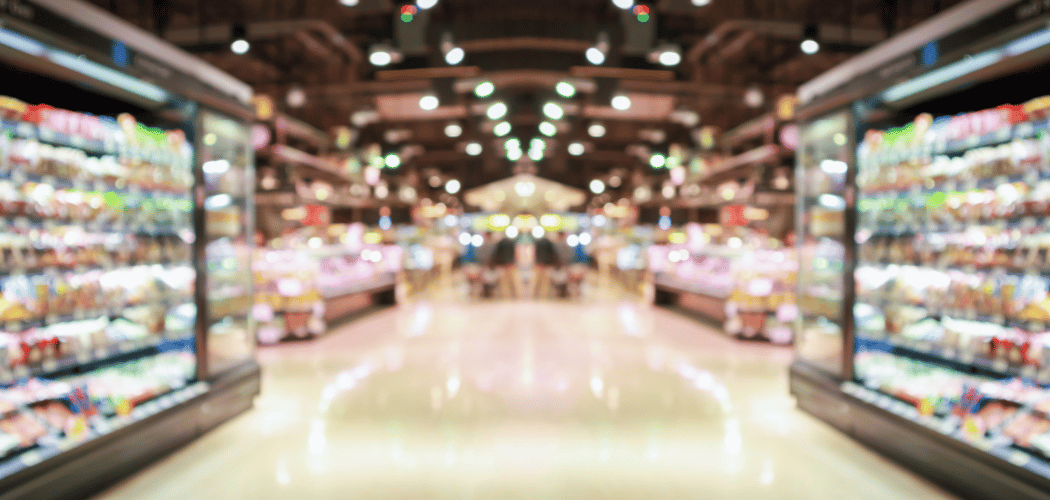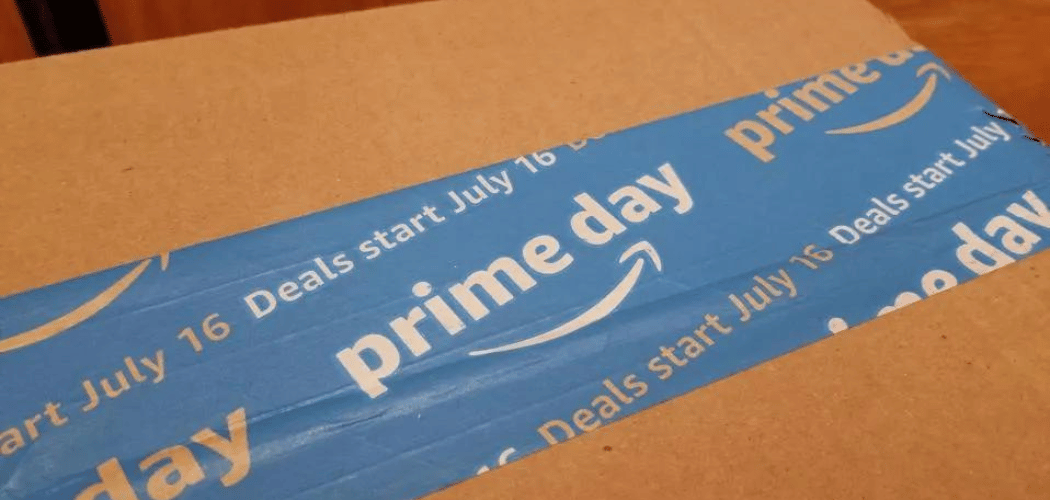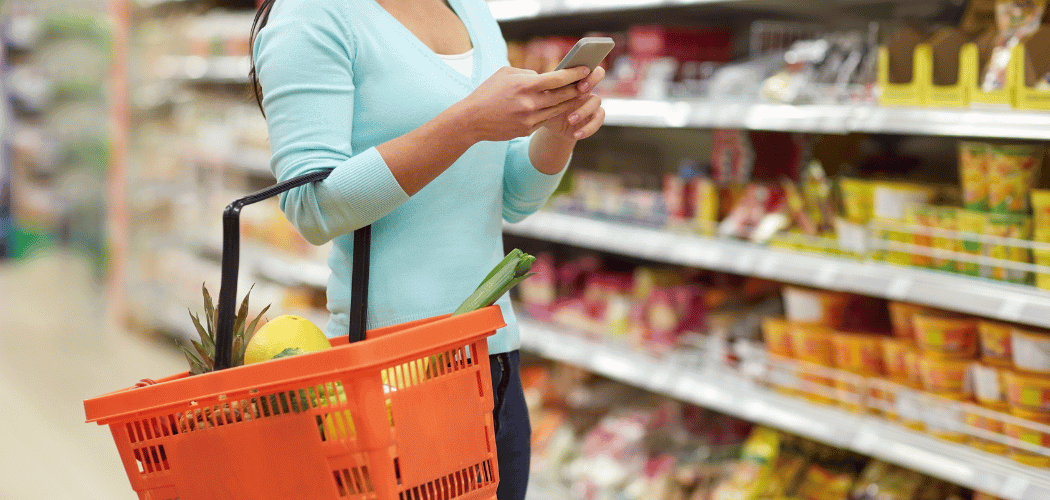She may only need a head of lettuce and a gallon of milk, but today’s grocery shopper might as well be browsing for a smartphone or a car.
That’s how competitive the retail industry has become when it comes to capturing the food dollar, and few companies are demonstrating their awareness of this as thoroughly as Kroger. The nation’s largest traditional supermarket chain is investing to meet shopper expectations for better service, experiences, quality and price across various fronts, from in-store dining to robot delivery.
In doing so, Kroger hints at the changes other food retailers — and more importantly, their shoppers — should expect from the supermarket, in convenience, product selection and experience.
Kroger is dedicating so many resources to fulfill its three-year “Restock Kroger” customer service initiative that its short-term performance has suffered. Kroger recently posted quarterly sales that fell slightly below expectations due in part to reduced product prices. It also is increasing technology spending by 200% in 2018.
What’s Eating the Supermarket Dollar?
[dropshadowbox align="center" effect="lifted-both" width="70%" height="" background_color="#ffffff" border_width="1" border_color="#dddddd" ]Kroger has little choice but to make these investments — the food dollar is being portioned off to more and more players.[/dropshadowbox]
Total food spending increased 3.7% annually from 1991 to 2014, but sales among food retailers rose just 2.2% annually in that period, according to a 2018 report by retail analytics firm Precima and the marketing intelligence firm IDC. The culprit, in part, is out-of-home eating. Spending on food away from home reached $821 billion in 2017, compared with $818 billion on food eaten in the home, according to the U.S. Department of Agriculture.
Other retailers, from dollar stores to fuel stations (and let’s not forget Amazon), are vying for the food dollar as well. So Kroger has opted to barbecue the entire steer in one grilling. In addition to its ClickList online curbside service, which is available at more than 1,100 locations, it is rolling out its Scan, Bag, Go self-checkout app and one-day delivery by robot cars. It’s opening company-operated restaurants and, on the merchandise front, adding its own private-label clothing line.
And in August Kroger announced plans to open a 2,500-square-foot innovation lab at the University of Cincinnati, its headquarters city. The collaboration is part of a broader effort by Kroger and the city to attract top technical talent to the region.
Redefining the Experience With Tech
In a press release, Chris Hjelm, Kroger executive vice president and chief information officer, said the innovation center — a byproduct of the Restock Kroger plan to optimize the shopping experience through store improvements, digital innovation and talent development — will serve for the company’s technology team to “partner and develop solutions to redefine the grocery customer experience.”
Here are five ways that experience will likely change, and how shoppers should benefit across the industry.
1. Faster, more convenient online shopping. In the spring, Kroger entered into a major deal with British online grocer Ocado Group to build 20 robot-operated facilities to assemble its online orders for delivery. This venture should significantly raise the bar for merchants vying for the online grocery market, which is projected to reach $100 billion by as early as 2022, according to FMI. A good example is Walmart’s grocery pickup kiosks for online orders. Kroger’s Ocado warehouses could manage online orders less expensively, and free up its employees to serve customers.
2. Noteworthy in-store experiences. The Restock Kroger program gets a lot of attention for its focus on digital improvements, but it is equally dedicated to enhancing the in-store proposition through better product assortments, personalization (enabled through data analytics) and featured services. Of note are Kroger’s investments in meal kits (it bought Home Chef in May), fresh foods and company-exclusive eateries, such as its Kitchen 1883. It is likely competitors are watching closely to see if such efforts are worth copying.
3. Better product mix. Kroger’s analytics also will enable it to more accurately select the kinds of products immediate shoppers would like at their stores. This will mean a continuation of regionally specific items as well as more tailored private-label goods. In fact, Kroger’s in-house brands are growing faster than national brands in almost every category, the company said in June. Amazon and other merchants, seeing the margin value of in-store brands, are introducing more of their own, causing shoppers to hit select merchants expressly for favored products.
4. More knowledgeable staff. Kroger’s investment in data analytics talent, as demonstrated with its innovation center in Cincinnati, will result in more accurate marketing and community-specific merchandise. Additionally, Kroger is opening a digital headquarters in downtown Cincinnati and plans to increase its team there to 1,000 from 500. Kroger also is increasing employee benefits and wages, which should result in more knowledgeable employees and more satisfying, even happy, shopper experiences.
5. Better prices. If all of the previous efforts meet their goals, then Kroger’s costs should be reduced through improved operational efficiencies, greater scale and lower employee turnover (and ideally better engagement). Kroger will likely parlay some of these savings into more online and in-store investments, but it also has to compete on price, and any cost reductions will support that.
Importantly, for the shopper, whatever Kroger does will be watched closely by its rivals, even Amazon. If the shopper demands better service, experiences and quality at lower prices, she will likely get it. And in meeting her demands, Kroger and others will also help change the way she shops.
Bryan Pearson a Featured Contributor to The Wise Marketer and is the President of LoyaltyOne, where he has been leveraging the knowledge of 120 million customer relationships over 20 years to create relevant communications and enhanced shopper experiences.
This article originally appeared in Forbes. Be sure to follow Bryan on Facebook and Twitter for more on retail, loyalty and the customer experience.




